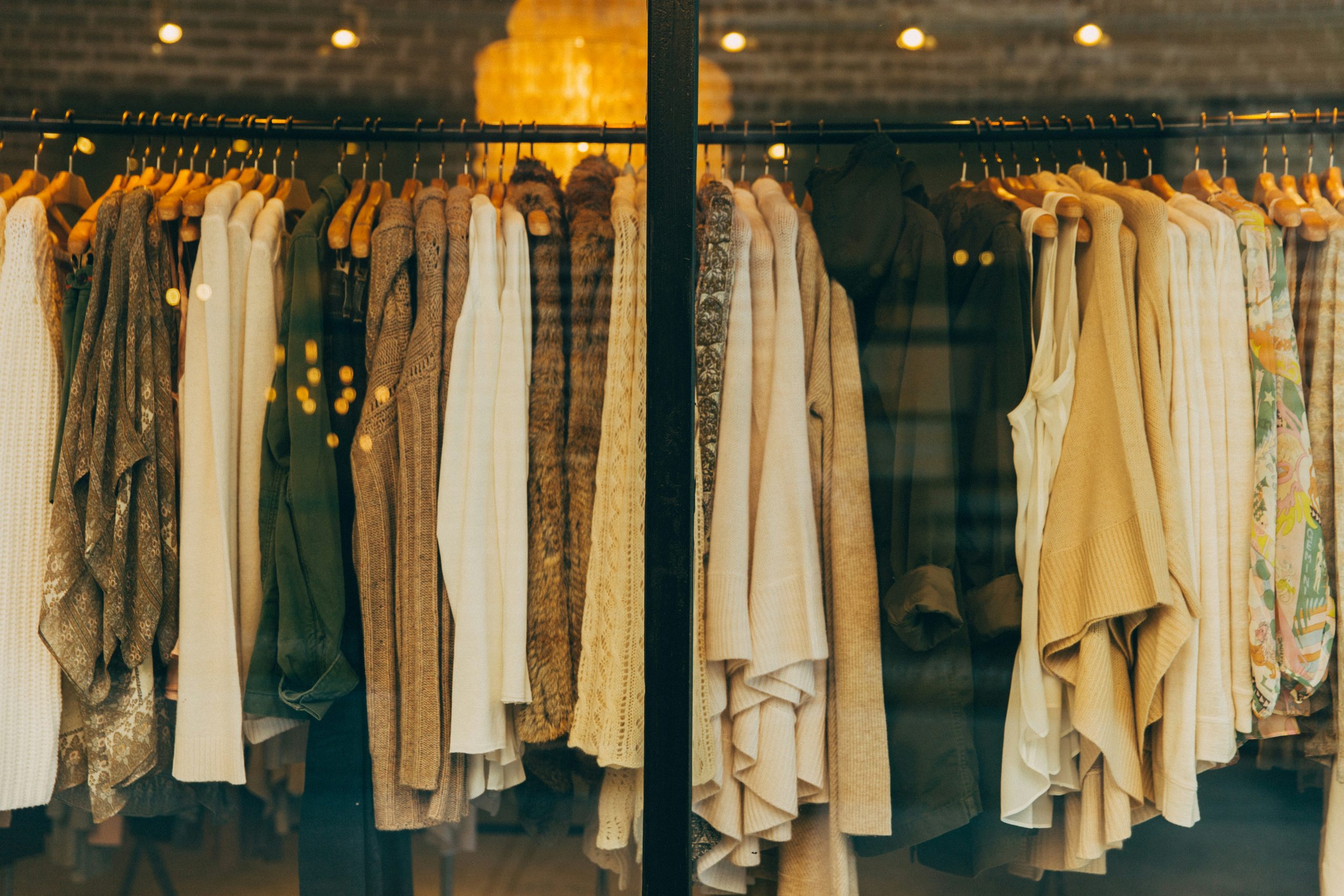The Evolution of Fashion and Apparel: A Journey Through Time
Fashion and apparel have always been an integral part of human culture, serving as a form of self-expression and a reflection of societal values. From the ancient civilizations of Mesopotamia and Egypt to the modern runways of Paris and New York, clothing has played a crucial role in shaping our identities and defining our sense of style.
The history of fashion and apparel is a rich tapestry of innovation, creativity, and cultural exchange. In ancient times, clothing was primarily used for practical purposes, such as protection from the elements and modesty. However, as societies began to develop complex social structures and hierarchies, clothing became a symbol of status and wealth. Elaborate garments made from luxurious fabrics and adorned with precious jewels were worn by royalty and aristocrats to signify their power and privilege.
Throughout the centuries, fashion trends have come and gone, reflecting the changing tastes and values of society. The Renaissance period saw a revival of classical styles inspired by ancient Greece and Rome, with elaborate ruffs, voluminous sleeves, and richly embroidered fabrics becoming the height of fashion. The Industrial Revolution brought about significant changes in the way clothing was produced, with the invention of the sewing machine and mass production techniques making fashionable garments more accessible to the masses.
The 20th century witnessed a dramatic shift in fashion and apparel, with designers such as Coco Chanel, Christian Dior, and Yves Saint Laurent revolutionizing the industry with their innovative designs and avant-garde sensibilities. The rise of ready-to-wear clothing and the democratization of fashion through mass media and advertising transformed the way we think about style and clothing, making it more accessible and inclusive.
Today, the fashion and apparel industry continues to evolve and adapt to the changing needs and desires of consumers. Sustainable and ethical fashion practices are gaining traction, as more people become aware of the environmental and social impact of fast fashion. Designers are exploring new materials and technologies to create innovative and eco-friendly clothing options, while consumers are embracing vintage and second-hand shopping as a way to reduce waste and support a more circular economy.
In conclusion, fashion and apparel have always been a dynamic and ever-changing aspect of human society, reflecting our values, beliefs, and aspirations. As we continue to navigate the complexities of a globalized world, fashion will undoubtedly continue to evolve and shape our identities in new and exciting ways. Whether we are wearing a classic little black dress or a cutting-edge sustainable garment, our clothing will always be a reflection of who we are and what we stand for.

